Exploring the Artistic Journey of Iconic Photographers (Ansel Adams, Fan Ho & Michael Kenna)
Photography transcends mere picture-taking; it’s an art deeply rooted in history and enriched by the masters of the craft. Icons like Ansel Adams, Fan Ho, and Michael Kenna didn’t just capture images; they captured moments, emotions, and stories, leaving a legacy that continues to inspire and educate.
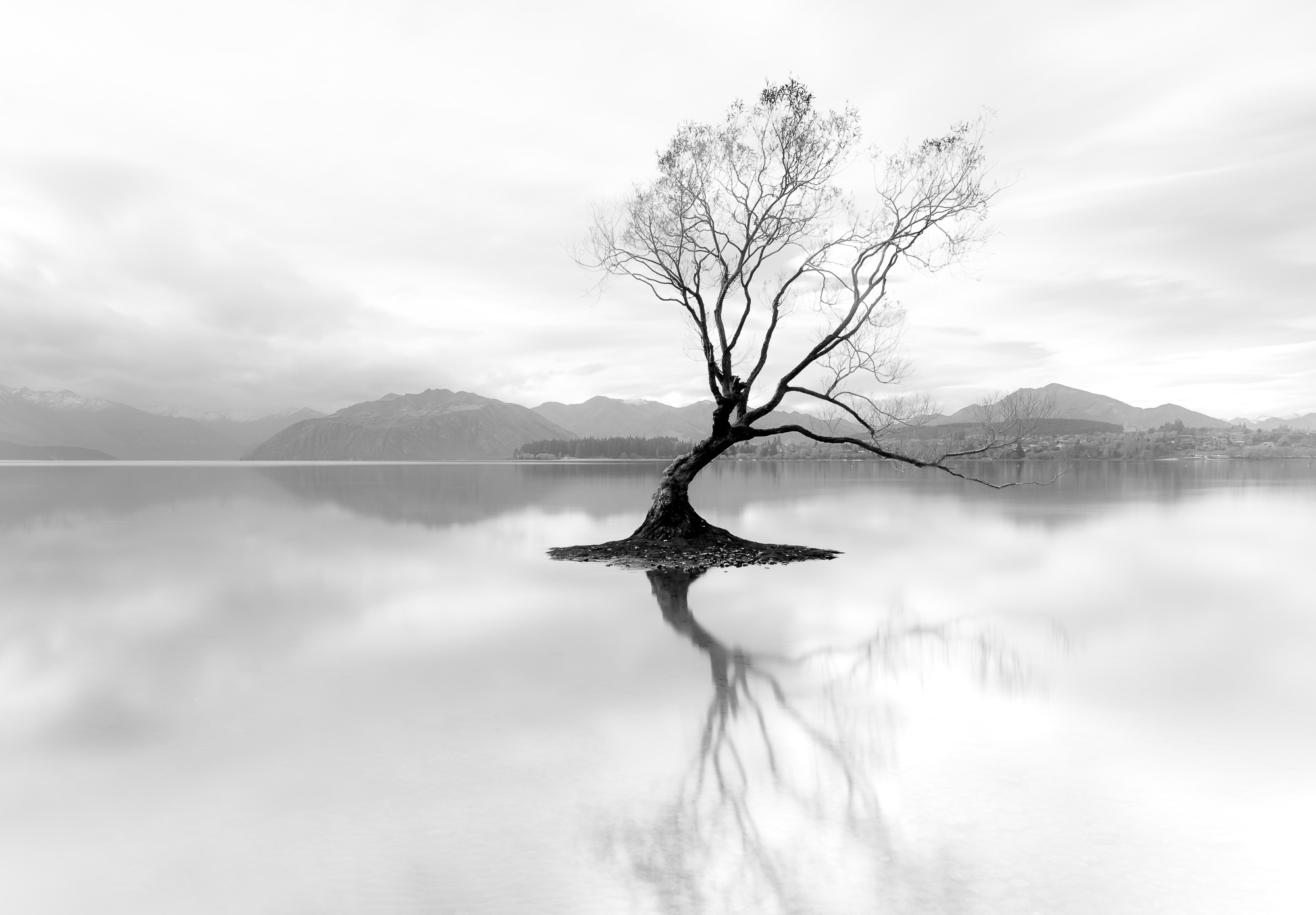
Wānaka Tree in the style of Michael Kenna.
Photographed this iconic tree in a lake in New Zealand many years ago using long exposure photography and then I did an edit in the style of Michael Kenna. This image and the edit all appear in my MasterClass for this challenge. join BootCamp to see it. Enjoy. Brent
Why Their Work is Crucial for Aspiring Photographers
- Ansel Adams: His iconic black-and-white landscapes teach the art of capturing light and shadow, demonstrating how tonal balance creates mood and depth.
- Fan Ho: Ho’s dramatic chiaroscuro in 1950s and 60s Hong Kong offers a masterclass in capturing mood, atmosphere, and human narratives.
- Michael Kenna: Known for his minimalist landscapes and extended exposures, Kenna shows how to transform environments into tranquil, introspective realms.
Why Their Influence is Invaluable
- Historical Context: Each master photographer offers a window into different eras of photography, showcasing its evolution from the early days to modern expressions.
- Technical Skills: Their works are a treasure trove of knowledge in composition, lighting, and technique. Adams’ Zone System alone revolutionized the understanding of tonal balance.
- Creative Insight: Analyzing their photographs sharpens your eye for detail, encouraging a deeper understanding of the narrative and emotional depth in images.
- Diverse Perspectives: Studying these icons helps in finding your unique style, as each brought a distinct approach to capturing their subjects.
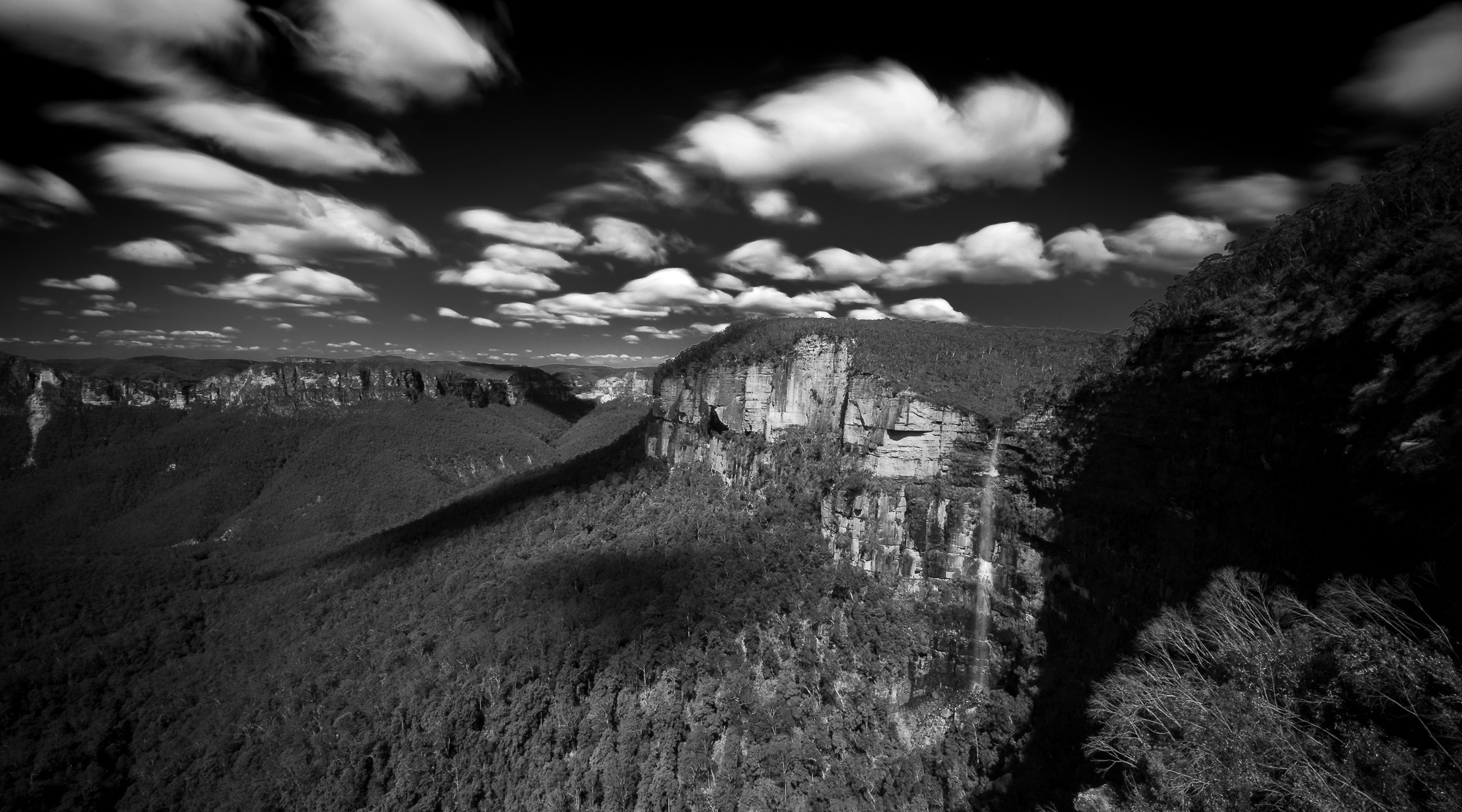
Bridal Veil Falls in the style of Ansel Adams.
Here is my first new shot for this challenge, photographed today with Eugene in the Blue Mountains – Blackheath area, looking from Govetts Leap towards Bridal Veil waterfalls on the right. Not a lot of water flowing but still quite impressive and we snagged a beautiful day with clouds. We hiked down quite a way to get a better angle to shoot from and I used a 10 stop ND filter (for longer exposure) and circular polarizing filter to darken the sky and make those clouds pop more.
Shot at a long exposure of 61 seconds, f/20 on 15mm wide lens plus tripod of course. Cropped it into a panorama to remove some of the boring bits at the bottom and top and the edge of the filter at top. Went way over-board with making that sky black because you know – Ansel used to do it. Plus I used the brush tool (dodge/burn) to darken and lighten bits of the image including the falling water in the style of Ansel Adams. What do you think? Brent
The Path to Photographic Excellence
Engaging with their work goes beyond technical learning. It’s a journey into the soul of photography, a dive into historical understanding, technical prowess, and narrative storytelling. Their contributions aren’t just lessons in photography; they’re lessons in seeing the world with a more nuanced, artistic eye.
Embracing the Masters’ Journey: A Conclusion
Studying these photographic giants is about more than technique. It’s about connecting with the philosophy and emotion behind their art. Their enduring legacy offers guidance and inspiration for photographers aiming to refine their skills and discover their unique voice in the vast world of photography.
Photo BootCamp Magazine
Let’s explore the imaginative photographs created by our BootCamp members, drawing inspiration from the most influential photographers.
And be sure to check out how you can join BootCamp at the end of the magazine!
Join The Fastest, ‘Funnest’ Way To Improve Your Photography!
- Discover exciting new skills
- Rekindle your passion for taking photos
- Improve fast with helpful feedback
- Experience enjoyment and progress
Inside BootCamp Magazine
Featured Artist
Let’s take a look at this month’s magazine. Here is our featured artist of the month, Steve Darnell, from the United States.
He was inspired by Valerie Worthen’s image of a fox, where she is trying to channel Fan Ho, but having an animal as her subject rather than people. He got to wondering whether an animal could perhaps become a landscape. It would be a great stretch to say this is in the style of Ansel Adams, but here is a B&W edit of a photo he took a few months ago.
Cover Image
This month’s featured magazine cover image is from Tessa Blewchamp, from the United Kingdom.
She wishes she had been able to contribute more to this challenge. She hasn’t been able to get out much to take any new shots (largely due to having broken her ankle a while ago) and have had to scour her archive. Her second and final contribution is an attempt to reflect the style of Michael Kenna (probably rather unsuccessfully). Taken on the South Downs. No long exposure, but plenty of mist.
Active Members
Let’s look at the creative photographs crafted by our BootCamp participants, taking inspiration from the most renowned photographers.
We’ll start with Rodney Charlton from Australia. Here is a landscape panorama of a nearby lake he was walking along at the right time when it happened to have just the right amount of clouds and some still water. He decided it might suit his take on Ansel Adams, even though he hasn’t seen many of his with lakes. So he edited to darken the blacks, increased the sharpness and contrast, and lowered the exposure a touch. Reflections in the style of Ansel Adams.
Summary
- Essential for photography enthusiasts.
- Offers insights into photography’s historical evolution.
- Develops technical expertise.
- Sharpens critical analysis skills.
- Exposes photographers to diverse styles and genres.
- Enhances narrative and storytelling abilities.
- Serves as a source of inspiration.
- Encourages rule-breaking and experimentation.
- Imparts ethical considerations.
- Provides cultural and societal insights.
- Contributes to personal growth.
- Showcases dedication and vision of great photographers.
- Valuable tool for improving photography skills.
Related Articles
Did you enjoy this article? Check out these related articles, too:
- Architecture Photography Tips Learn how to capture beautiful lines, light and form.
- Starburst Effect: Add a Little Magic to Your Images Learn how to easily create the starburst (sunburst) effect
- Exploring A Magical World With Macro Photography Macro Photography: Learn how to make your images more artistic.
Do This Now
Please leave me a comment below – I’d love to know what you think. Brent



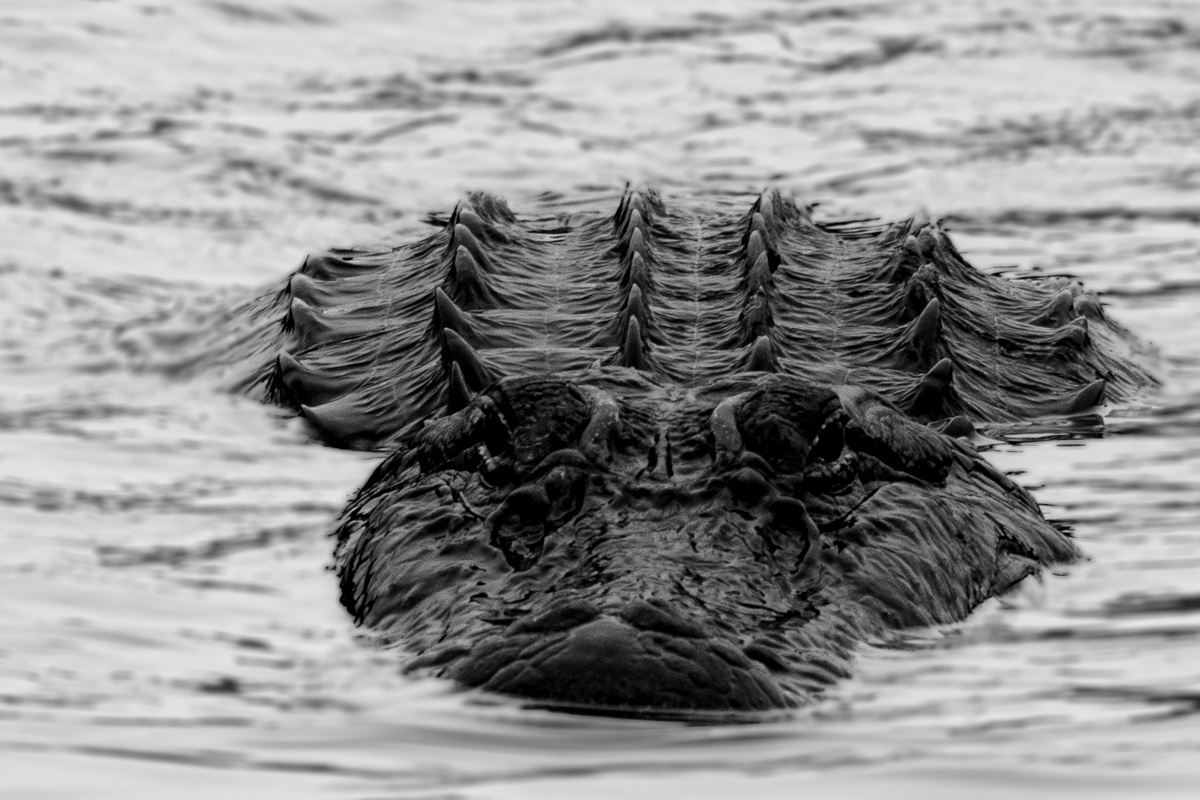

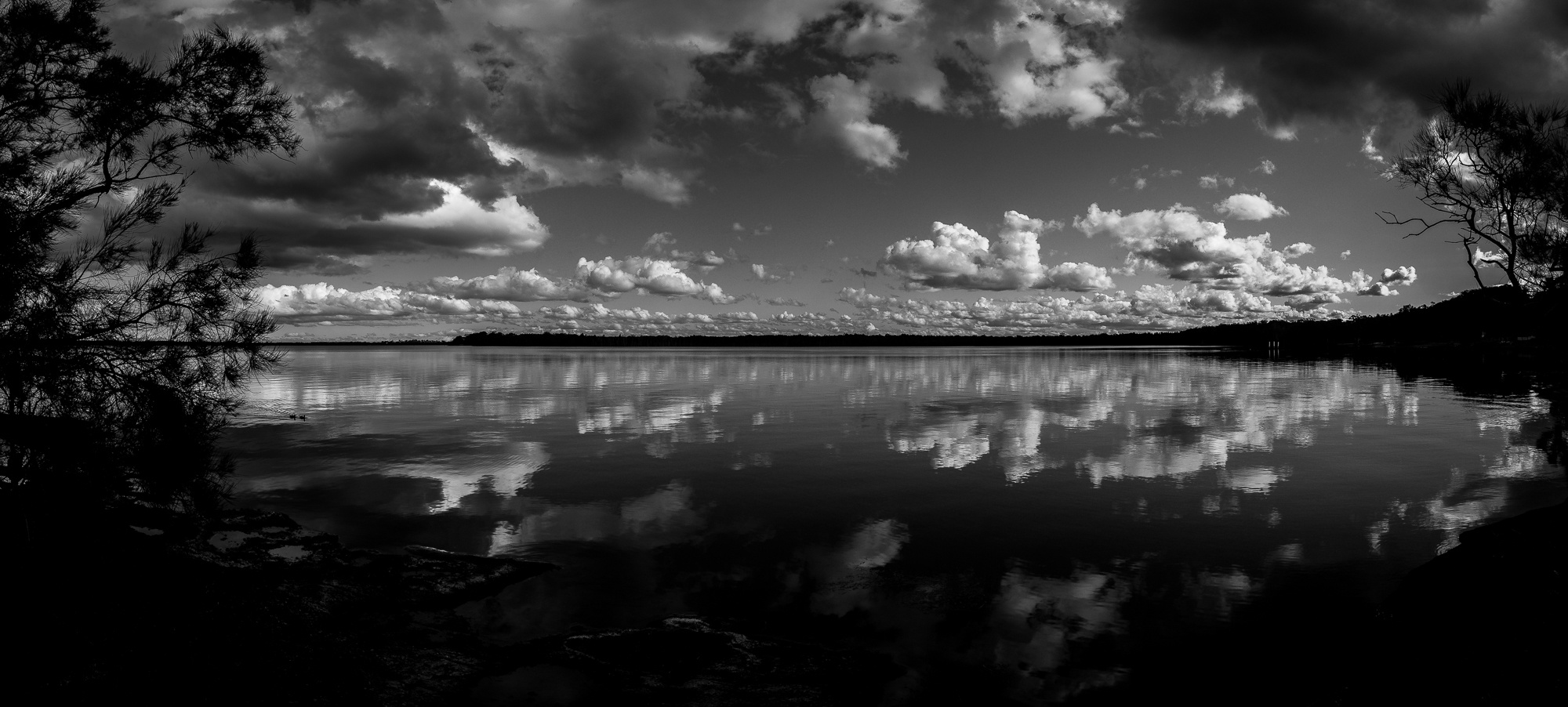
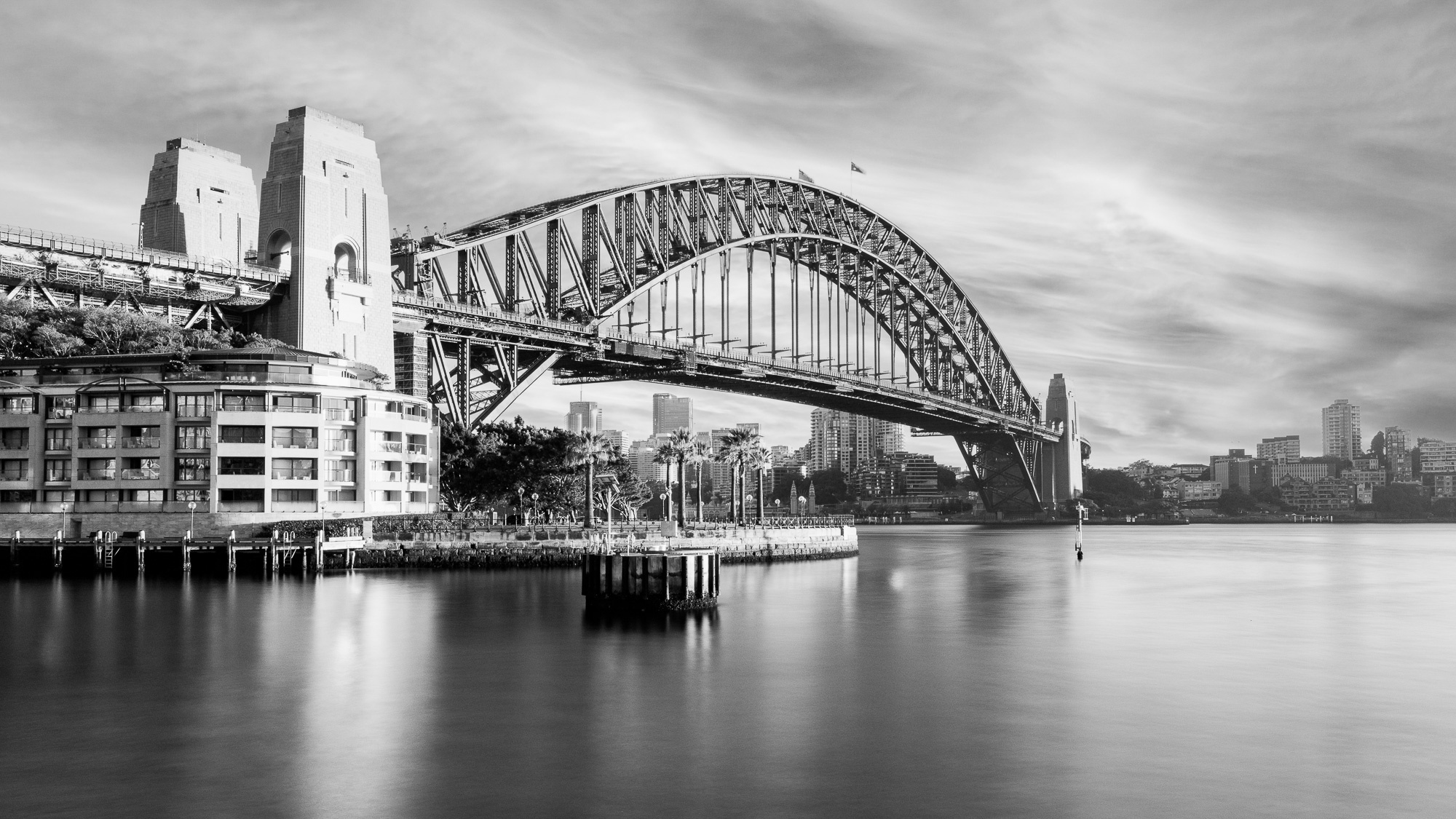
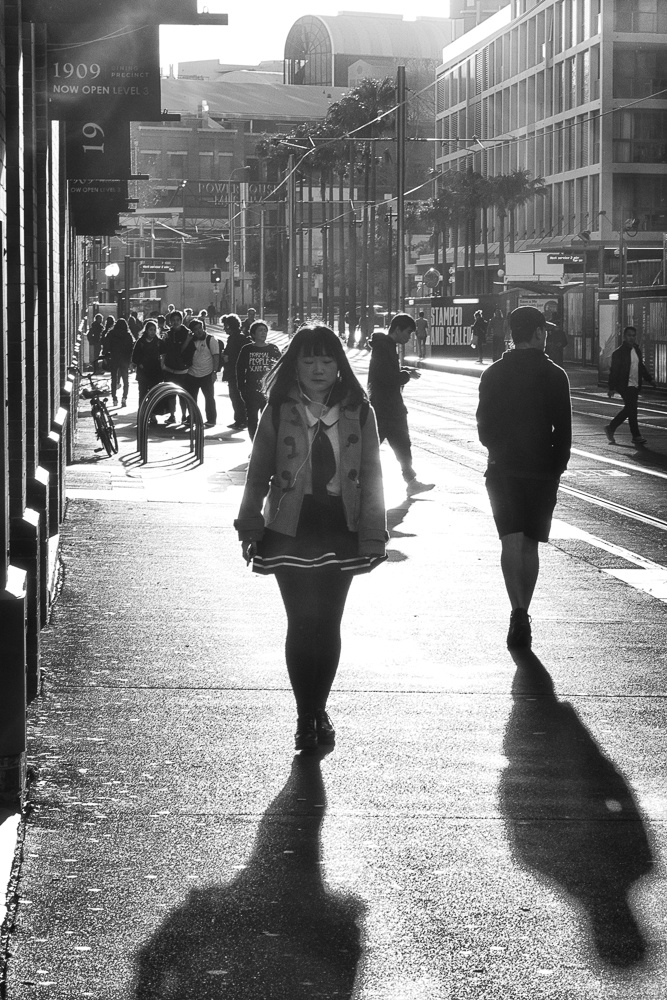
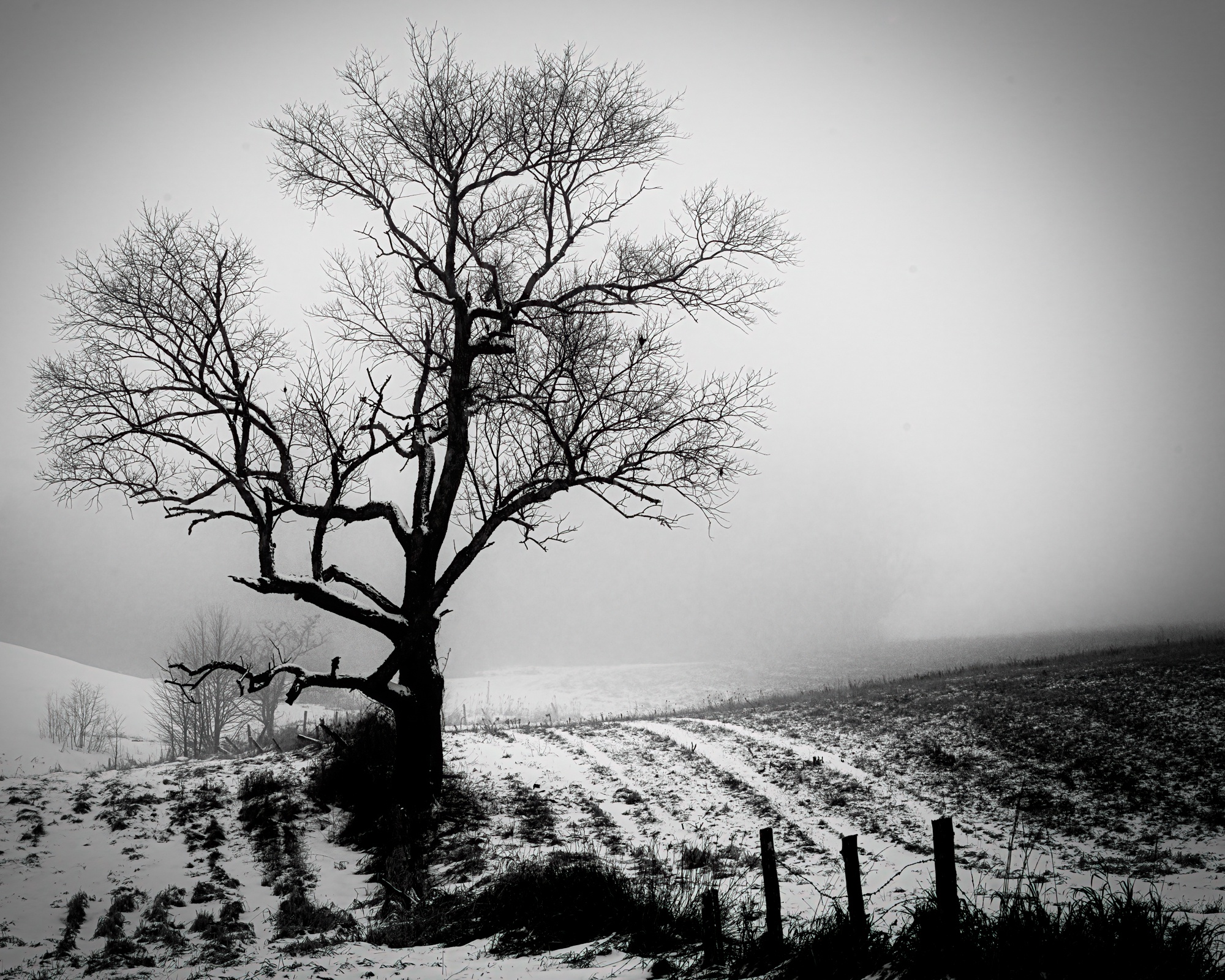


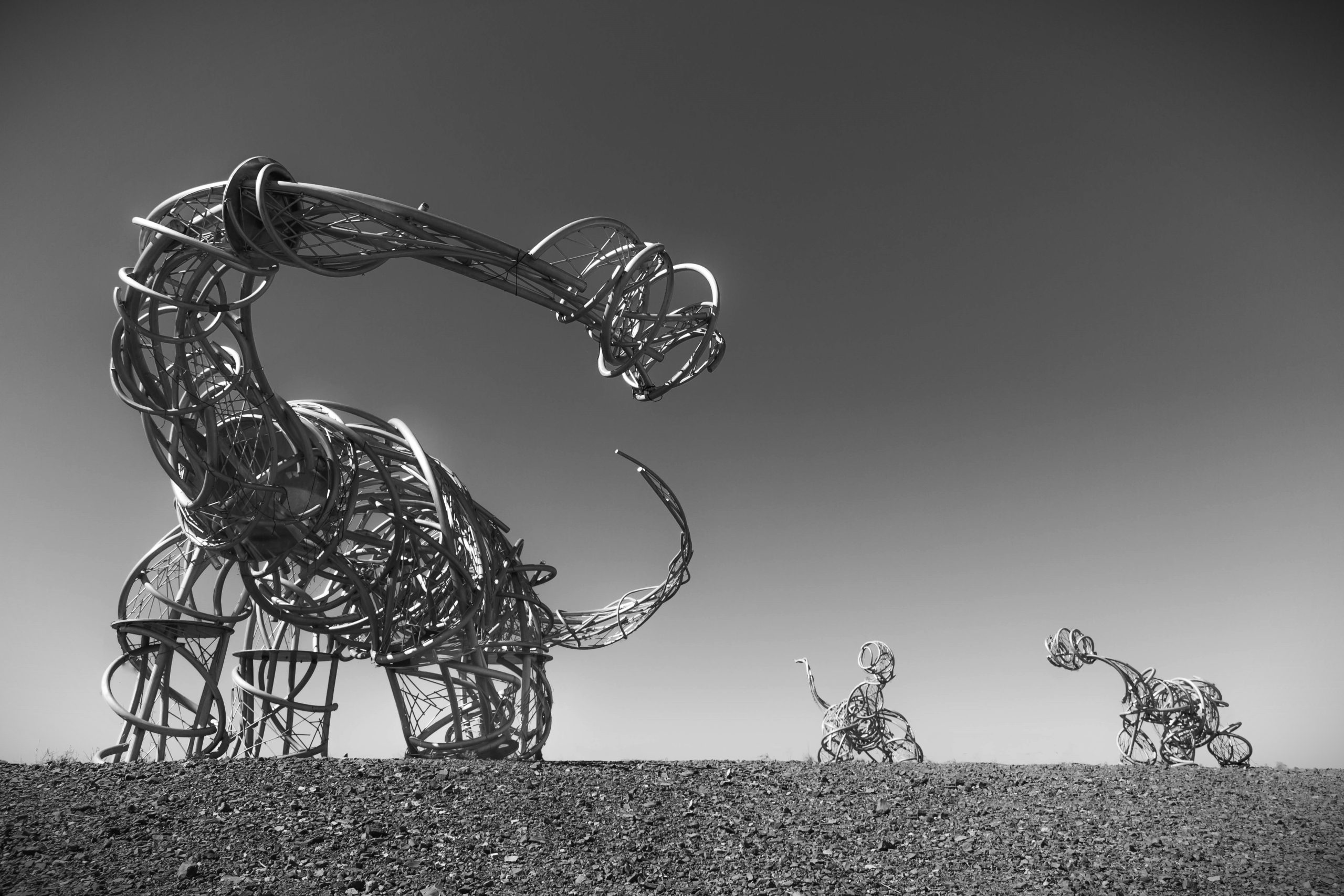
Congrats to Steve for being featured and Tessa for your lovely cover image. Well done. Brent